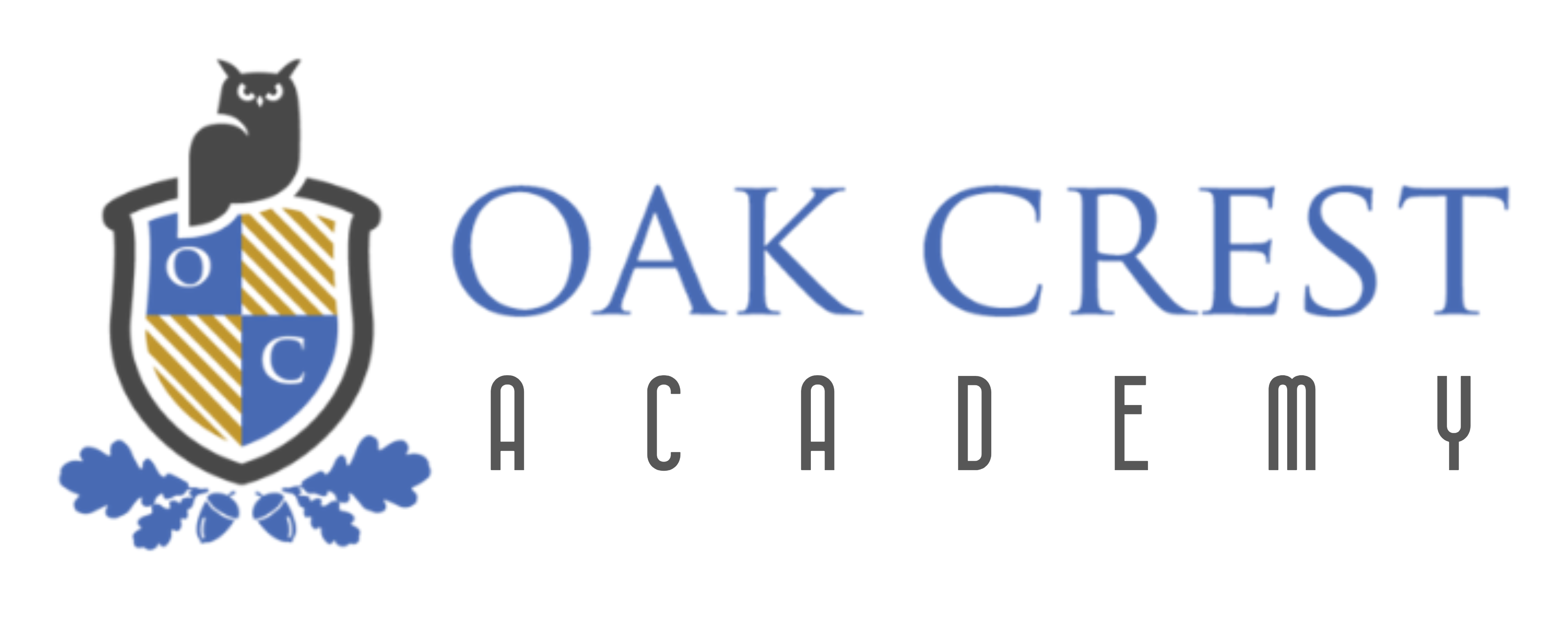
As the definition of giftedness expands, many school districts are struggling with which students to place in gifted programs and magnet schools, and which belong in general classrooms. Many have limited resources. When it comes to identifying gifted students and ensuring they receive the education they need to reach their potential, administrators and school boards can encounter anxious parents, activists, input from teacher’s unions, pressure from politicians, and questions from the media. While in the process of trying to do what’s best for all students, these educators are often trying to satisfy wide swaths of interest groups who aren’t even in the classroom.
Delivering gifted education and enrichment can include many challenges, some of which are unanticipated. Meeting needs begins with an agreement on defining on what giftedness is.
What Is Giftedness?
The decision of how to best provide for gifted students requires a balance of providing enriched educational opportunities while still meeting the needs of the general student population.School districts and boards of education can stabilize distribution of resources by providing distinct definitions of how they wish to characterize giftedness. Psychologists, educators, administrators, and especially teachers should be consulted as these guidelines are developed.
In the past, giftedness has been tied to standardized IQ tests and performance in traditional classroom programs. While this can be an indicator of giftedness, it’s not the only one. Giftedness can express itself in mathematical ability, scientific thinking, verbal or artistic expression, or even exceptional abilities with sports or working with animals. Other students show outstanding abilities in leadership or divergent thinking.These abilities cannot always be measured on a standardized test.
Determining Giftedness
Gifted children show marked differences from peers in a sustained manner, and can sometimes manifest from birth, although they may also indicate gifted qualities as older children. Decisions about how school districts will work with the child should encompass the child holistically and include the entire family, particularly parents.
The definition of giftedness is sometimes defined at the state level, which can assist private or local schools in developing guidelines. In general, the gifted comprise about ten percent of the population. Relying on basic guiding principles such as these can help standardize ideas of giftedness even as its definition continues to develop.
Whatever the definition of giftedness a school, state, or district decides upon, these guidelines should be regularly reviewed as understanding about intelligence or expression of giftedness continues to change. Updating and revisiting definitions of giftedness is also an excellent opportunity to evaluate how programs effectively are implemented and whether goals are being met.
Identification
Once standards for giftedness are decided upon, it’s important to apply them equally and to ensure they align with the goals of administrators. However, a major issue of developing the definition of giftedness is the process of identifying gifted children.
This can be fraught with controversy, as the definition of gifted can be fluid and interpreted differently, even by experts in the same field. Some gifted children are intelligent but lack support at home, meaning they struggle to meet basic needs. Others are doubly exceptional, This can lead to misdiagnosis of Asperger’s or ADD; erroneously prescribed medications might compound the matter.
Identification of gifted children is usually a process and should involve observation of students over a period of time. Placing the identification of giftedness on a single test does not allow for the many expressions of giftedness. It also can place undue stress on students, leading to skewed results. Students should be observed in groups and alone, with those closest to them watching for signs of exceptional thinking patters and unusual curiosity. Some gifted students go undetected because they might think outside the parameters of structured lesson plans and therefore provide “incorrect answers” to scripted questions.
Usually, the earlier gifted children are identified and grouped with other gifted children, the more likely they are to grow into and develop their gifts. The other end of the spectrum is gifted children who become disruptive or delinquent and may drop out because they are bored and their intellectual needs are not met.
Balancing Needs
This is the juncture at which the community and special interest groups become involved with gifted education. Some advocate for allocating extra resources and space for traditionally unrepresented students. Others think that students who might be defined as “overrepresented” should have limited seats in gifted classes. Another school of thought advocates a completely blind screening process, which calls for placement of students in gifted programs despite race, socioeconomic status, or cultural background. Still others push for gifted children to mix with the general population so as to raise the quality of education throughout all classrooms.
Some community members might question why gifted students receive resources if a general student population is underperforming; indeed, struggling school districts or underfunded schools may not even offer a gifted program. These are issues which usually call for transparency, open discussion, and most importantly, presentation of facts and student-centered agendas which are free of politics. While it can be difficult for administrators to work with members of the community who may not be familiar with the mechanisms of district resource allocation or discipline issues within a specific school, understanding the wide range of points of view regarding gifted education is a must. Each student has potential; what’s important is for school districts to determine how to nurture it.
Deciding on the Nature of Gifted Education
The final part of this process is designing and implementing ways gifted students ought to be educated. Several models exist and even more are under development. How often should gifted children receive enriched instruction—every day? All day? Will these students ever mix with the general student population? How are these differences explained to the general student population? Do these students take field trips or participate in experiments the general population does not? Knowing these details and how to effectively communicate them to teachers, parents, the community, and all students can help the smooth implementation and continuation of gifted education programs.




